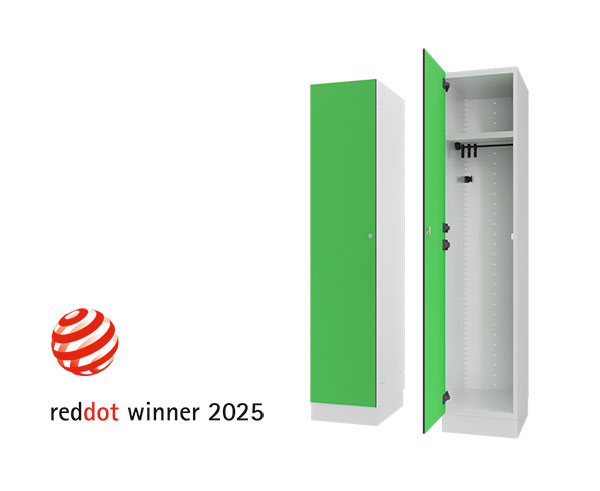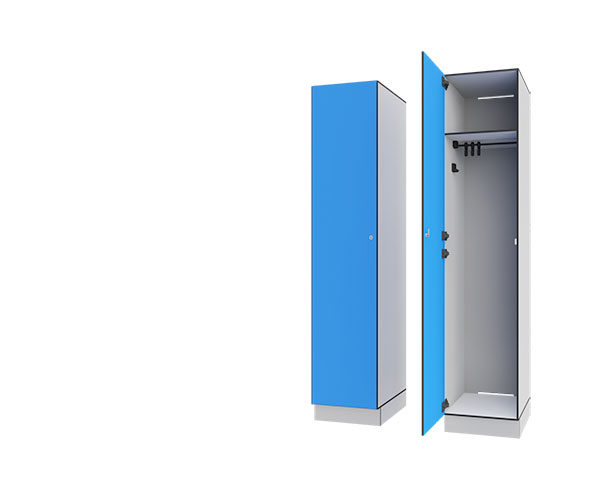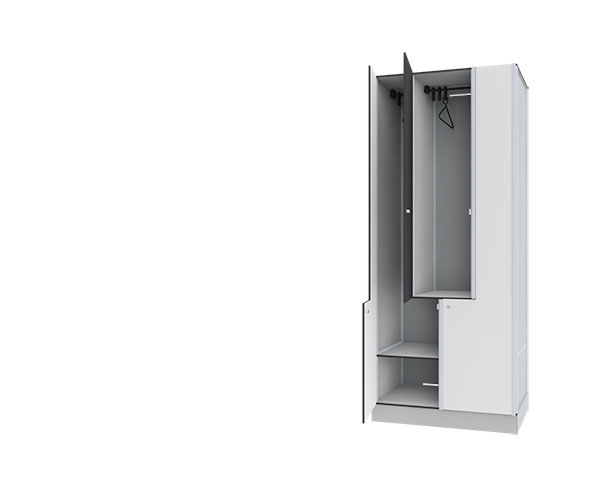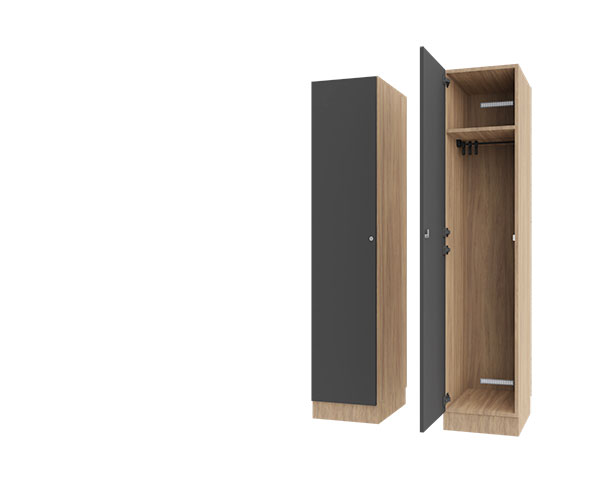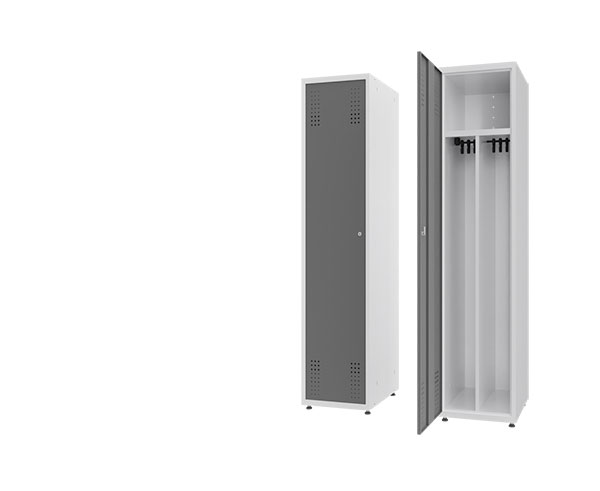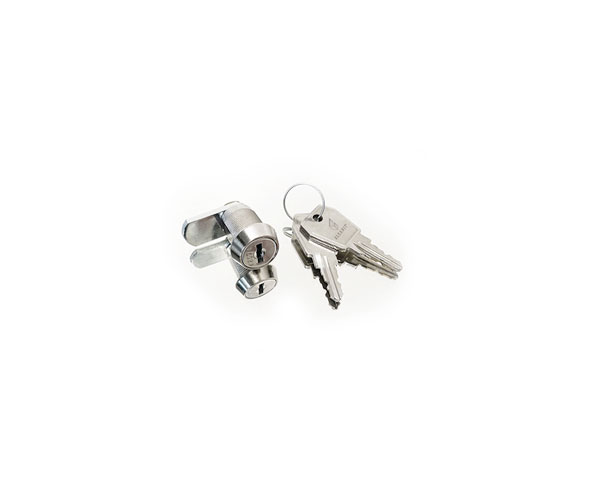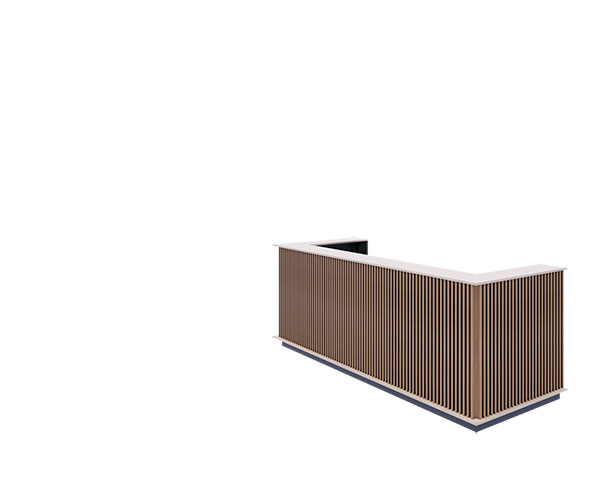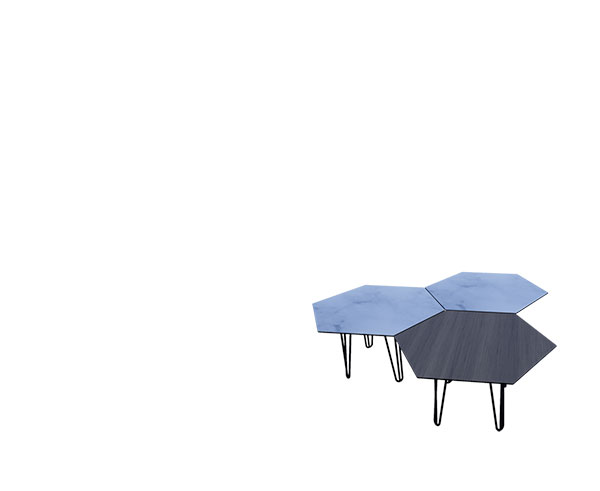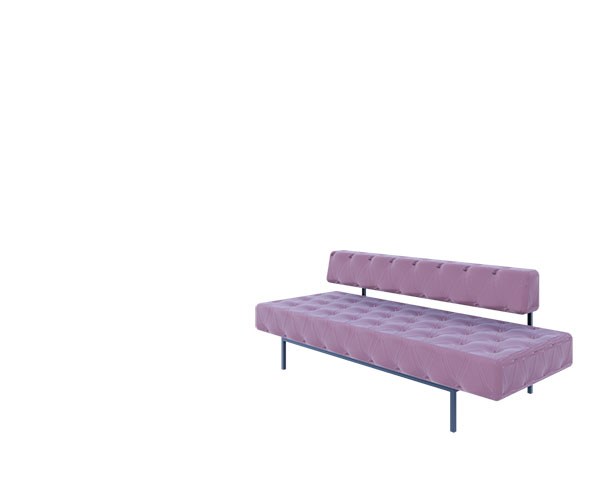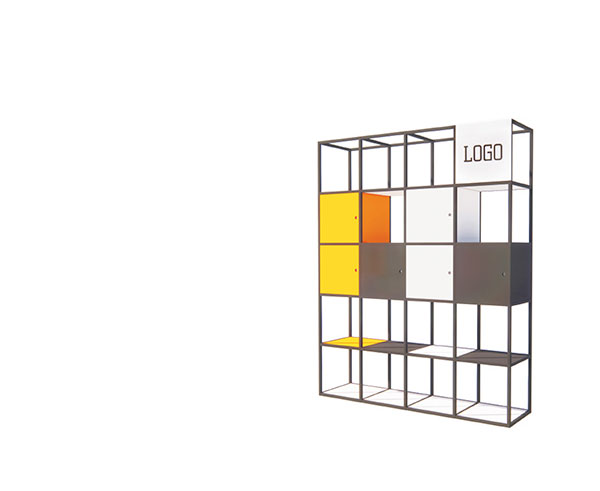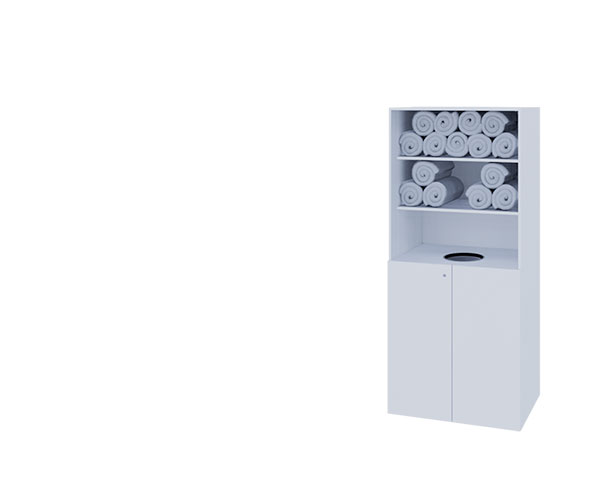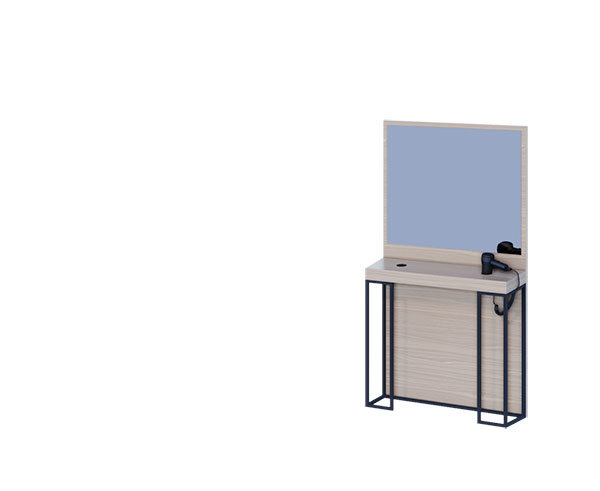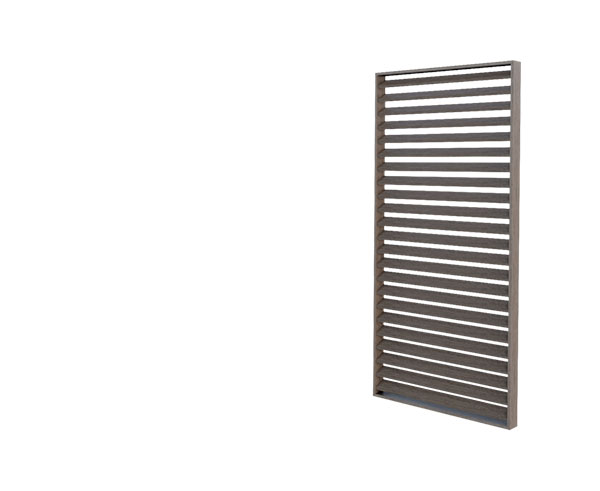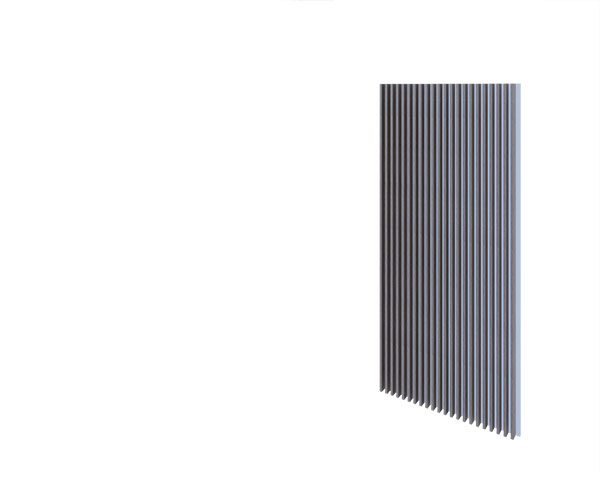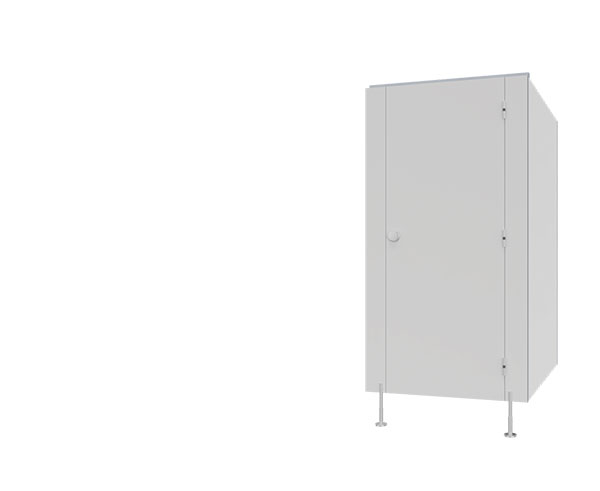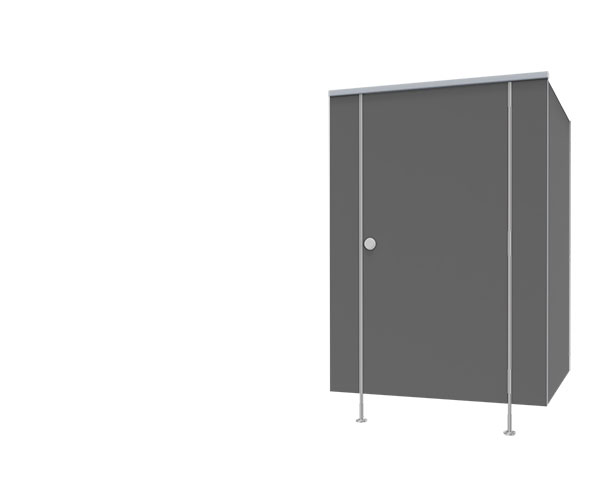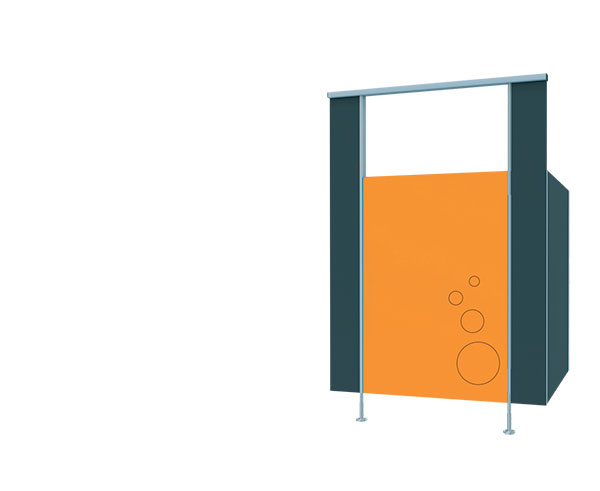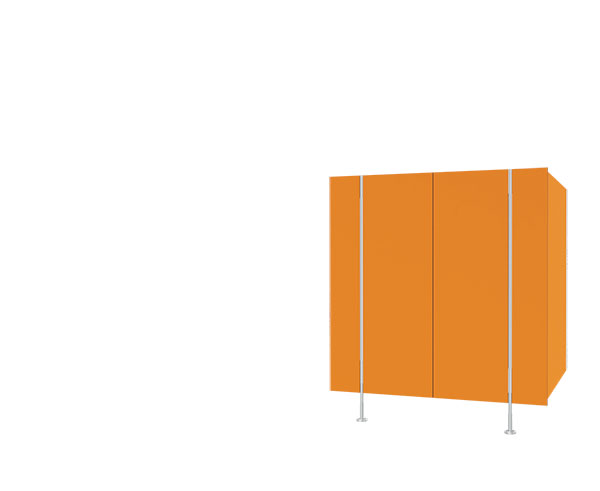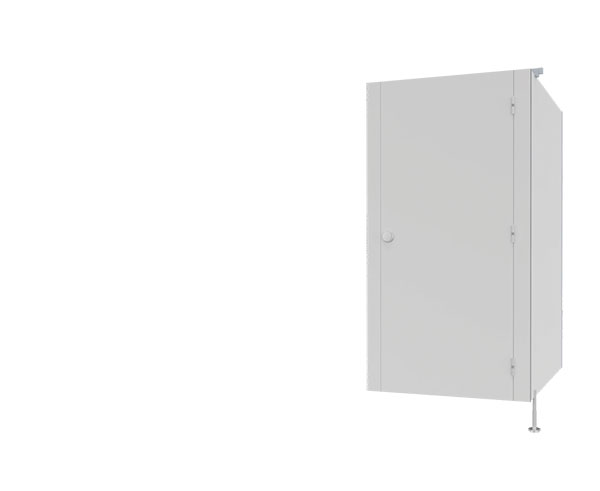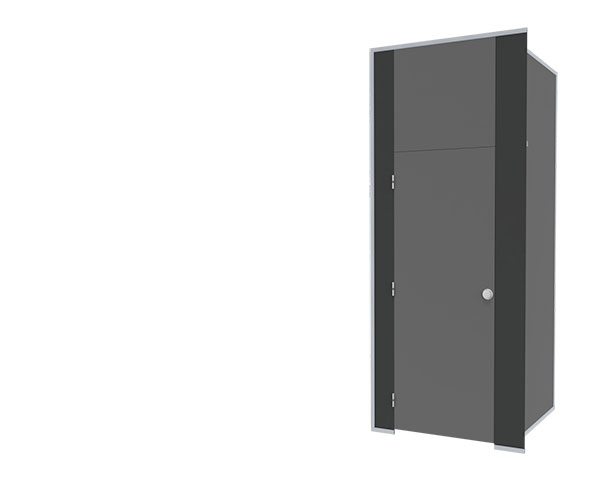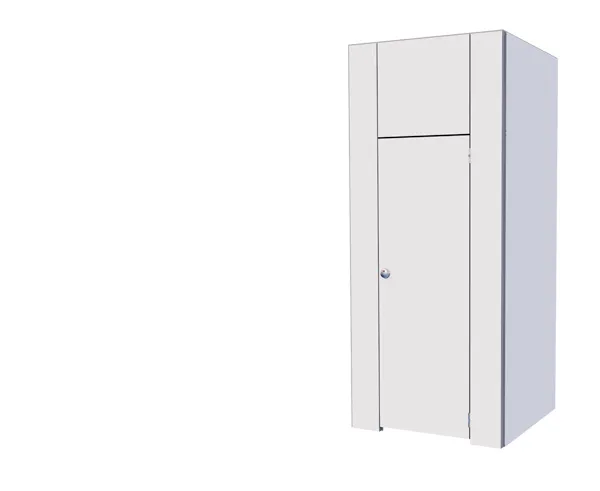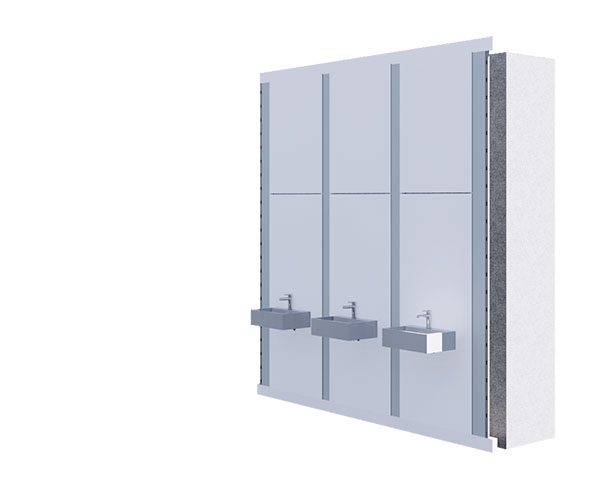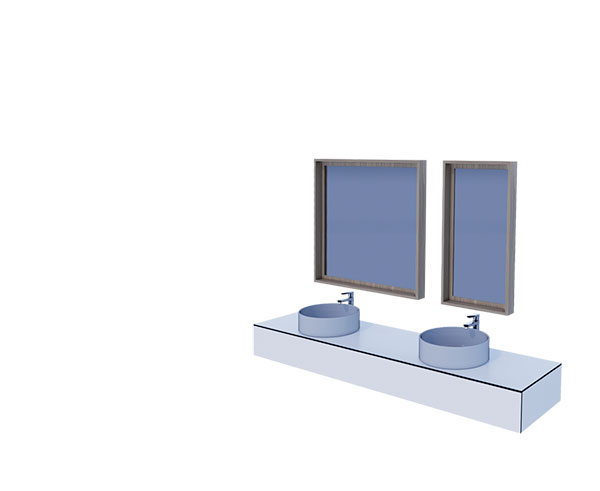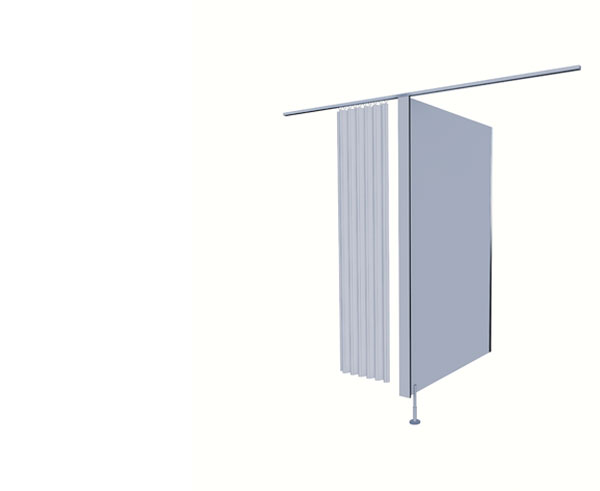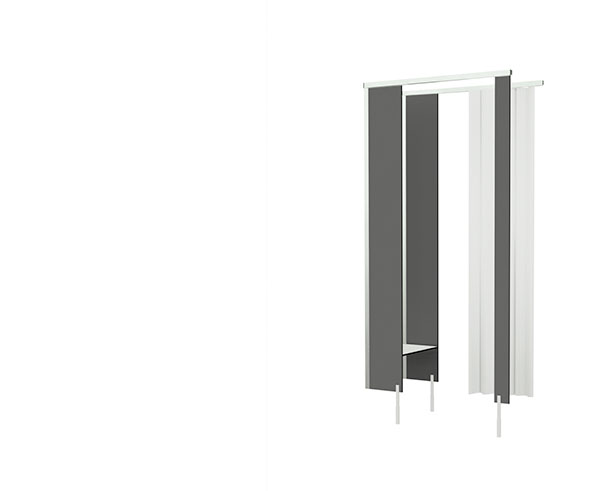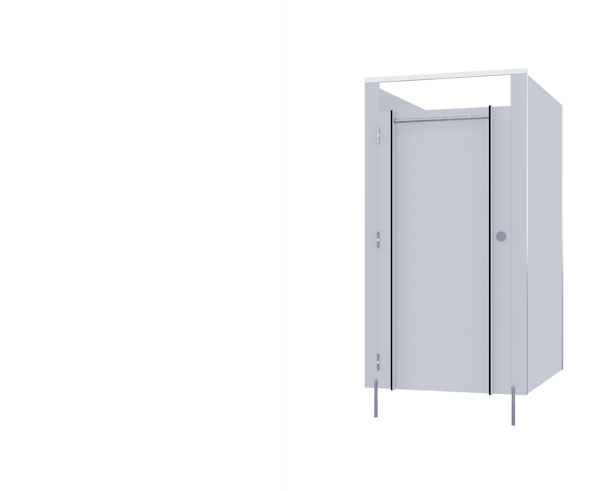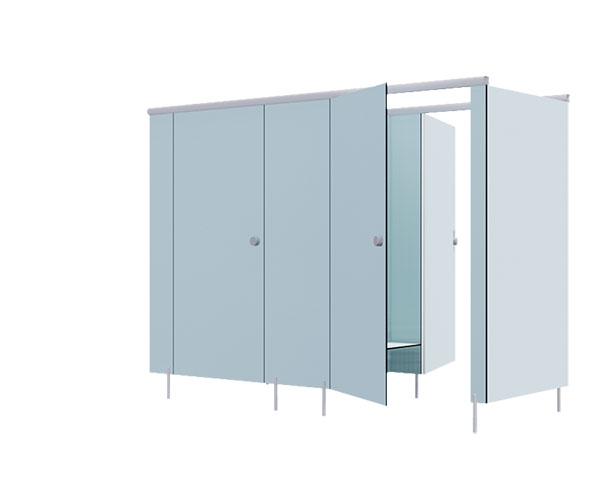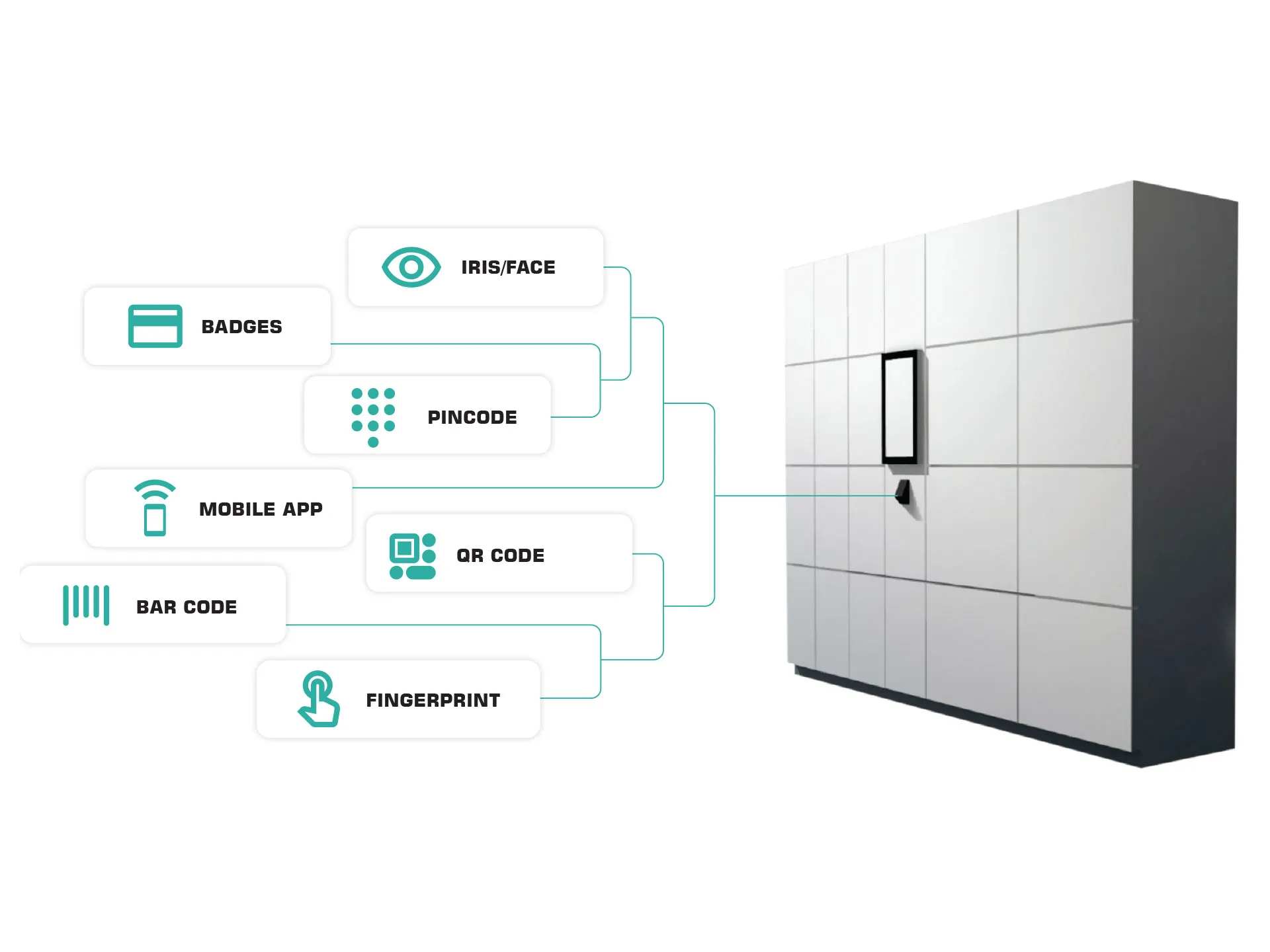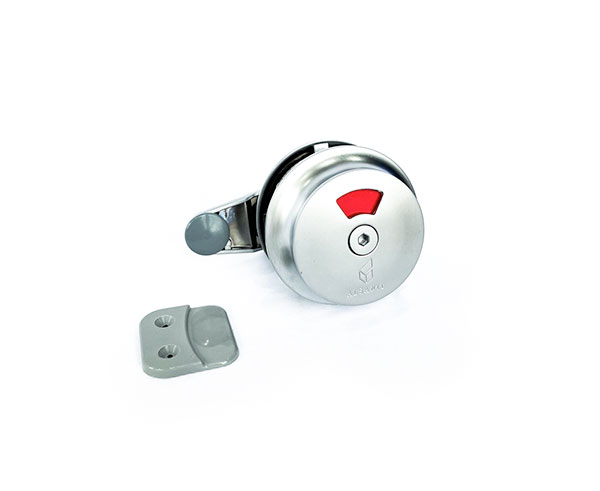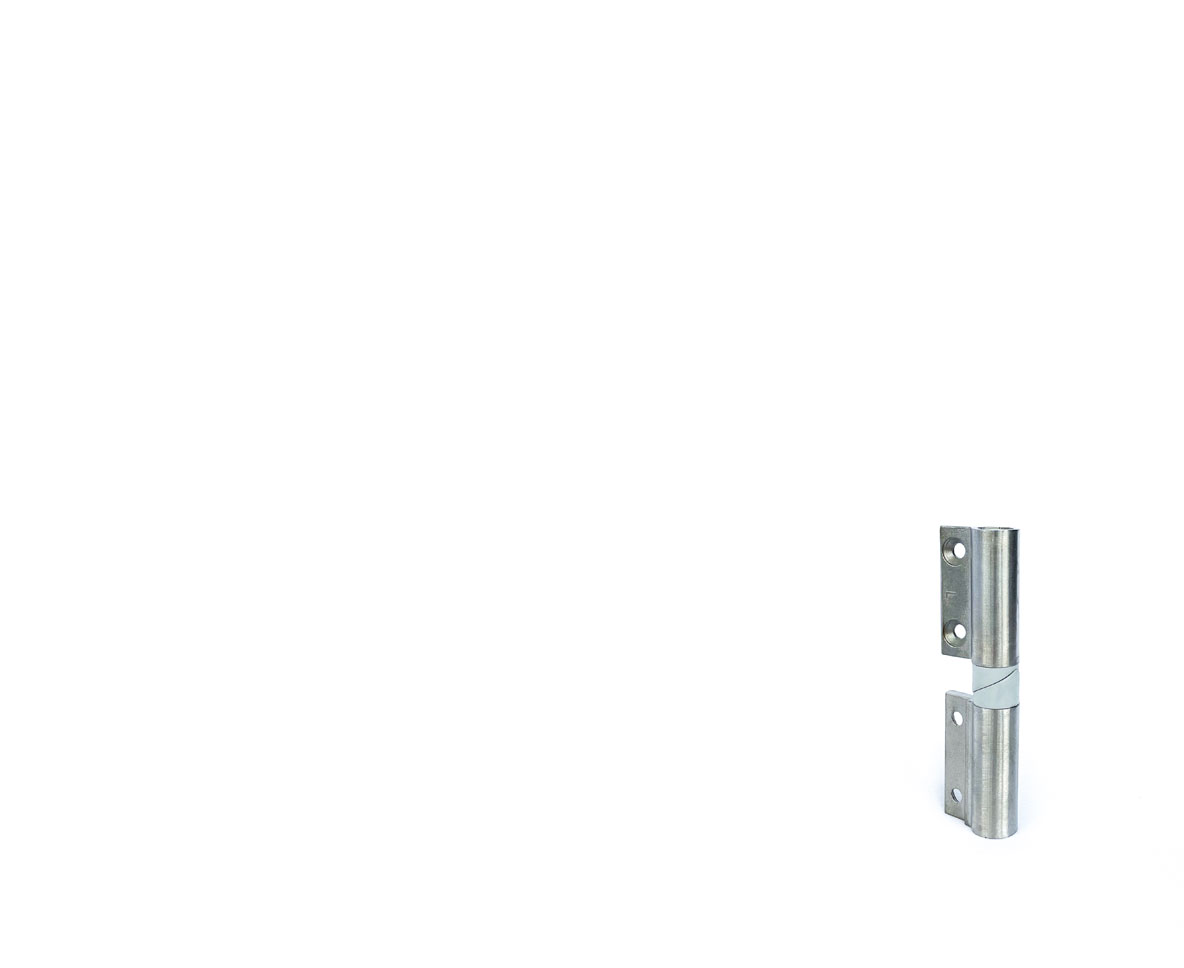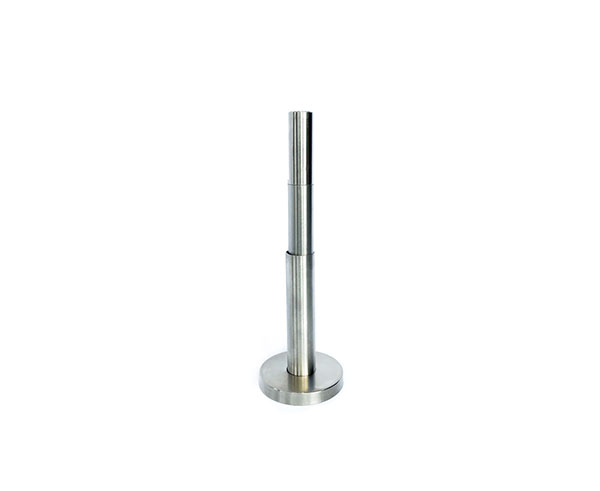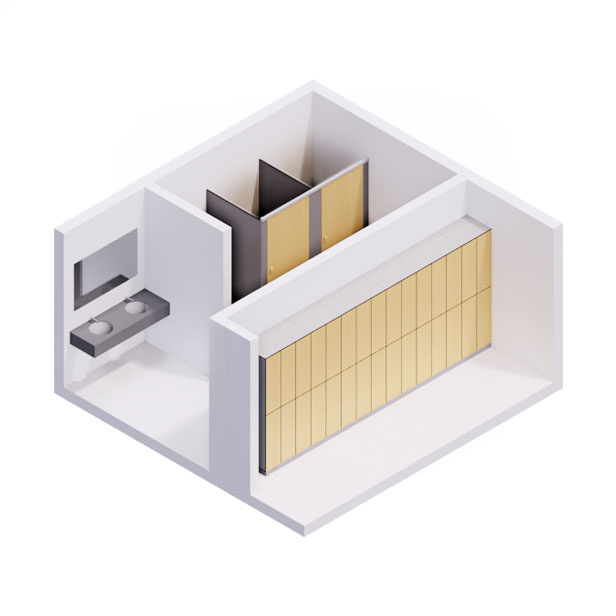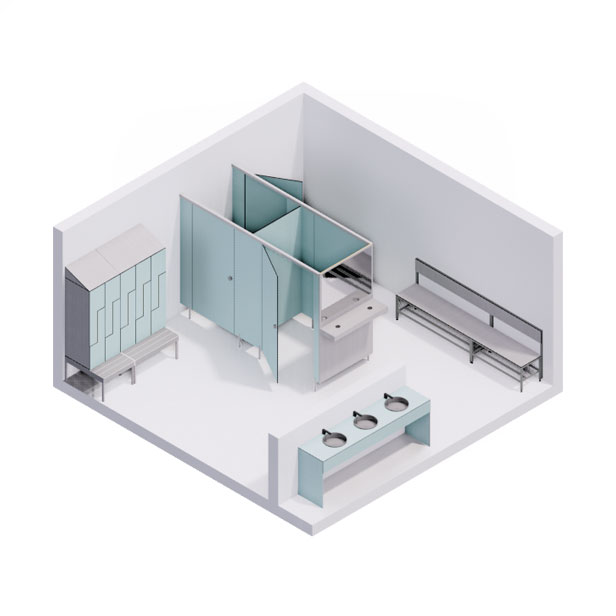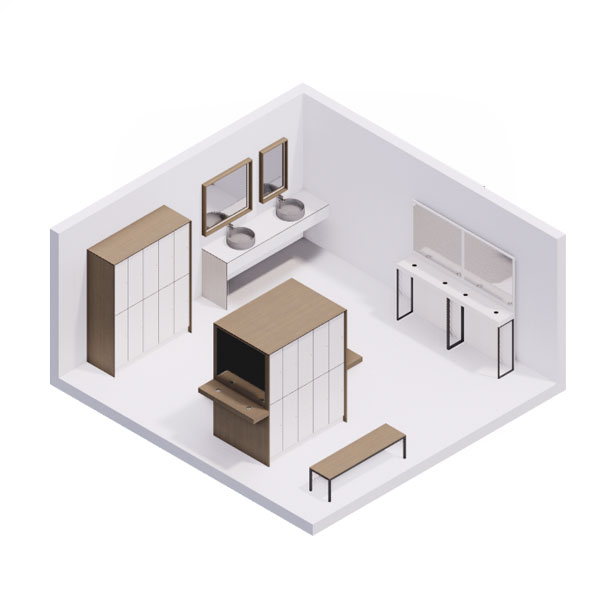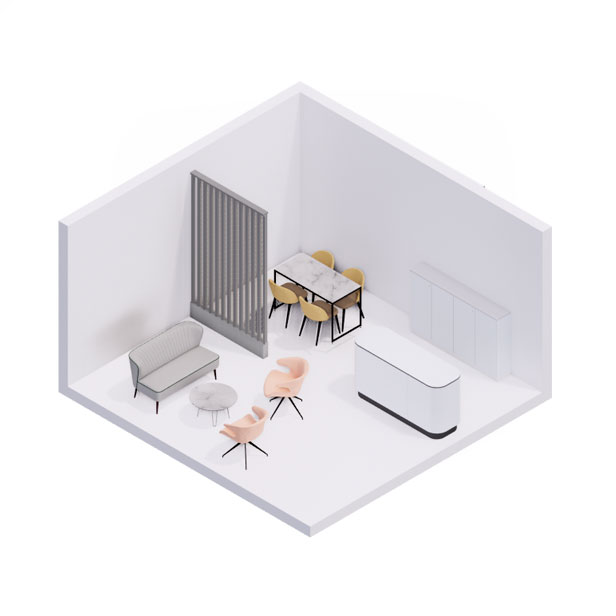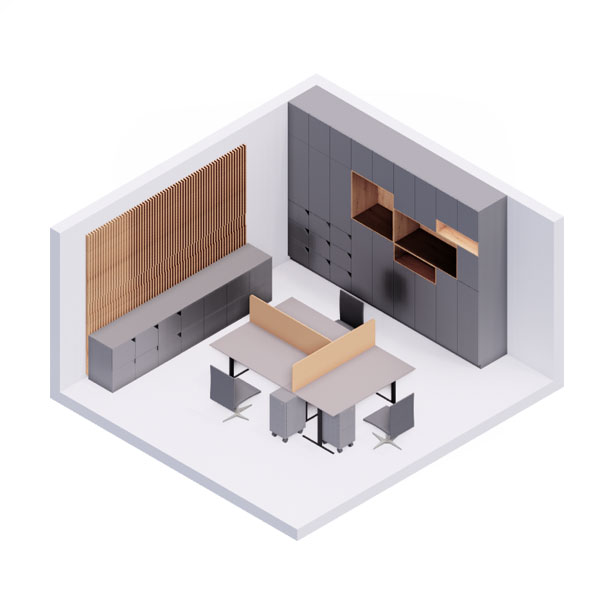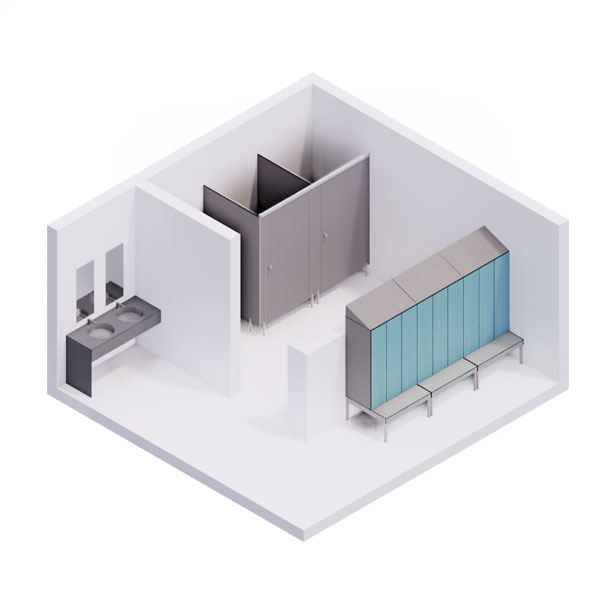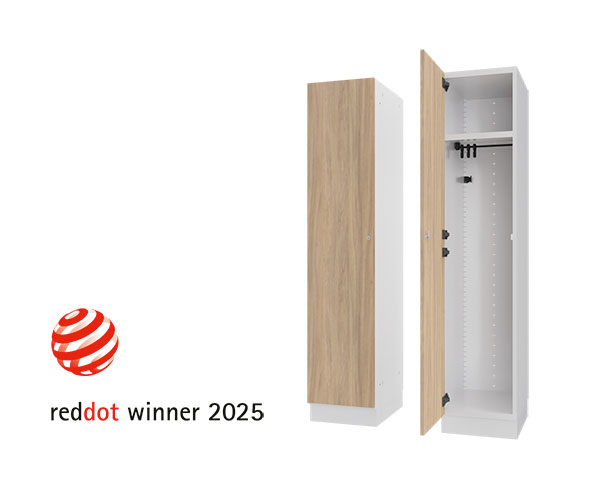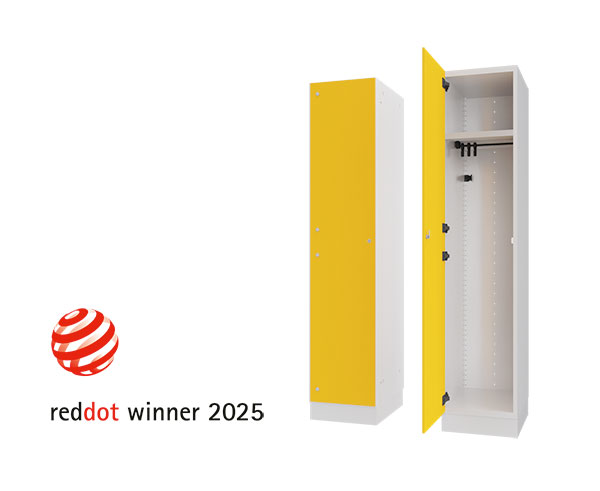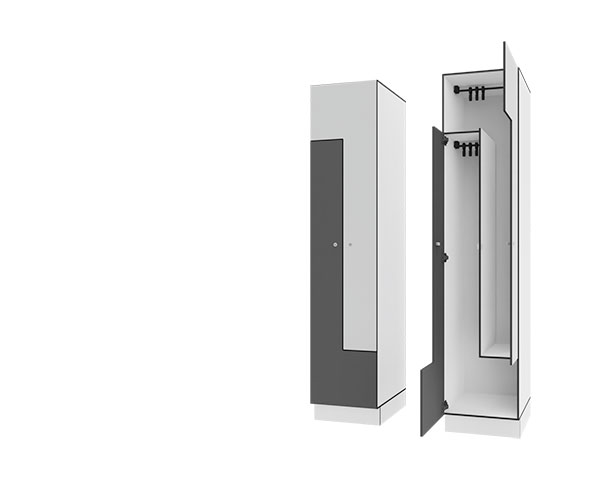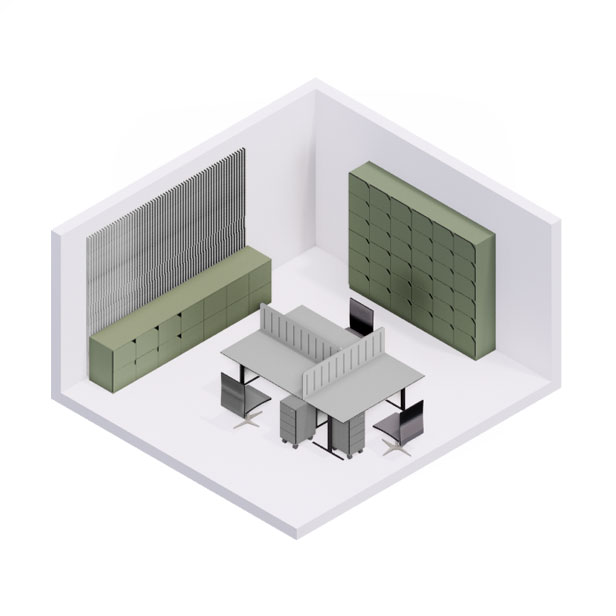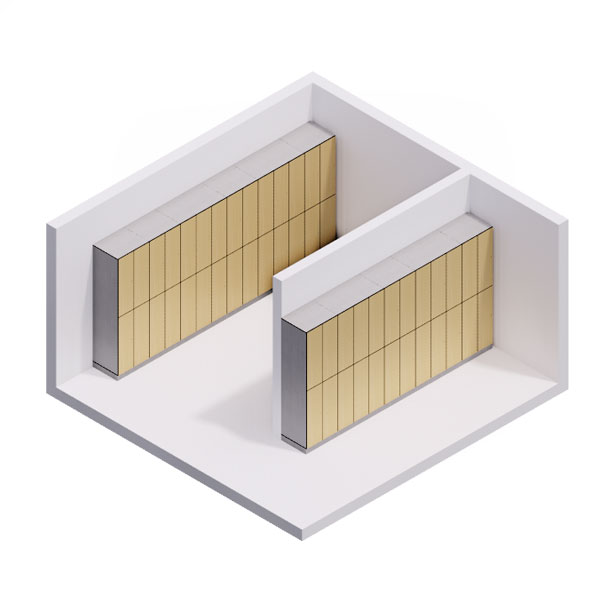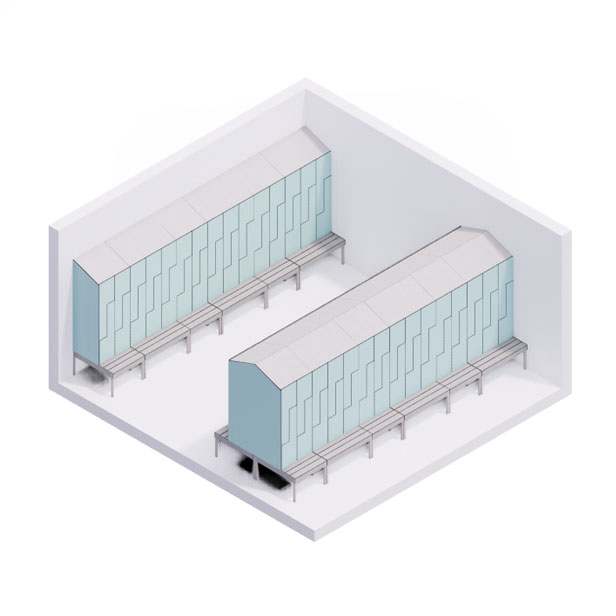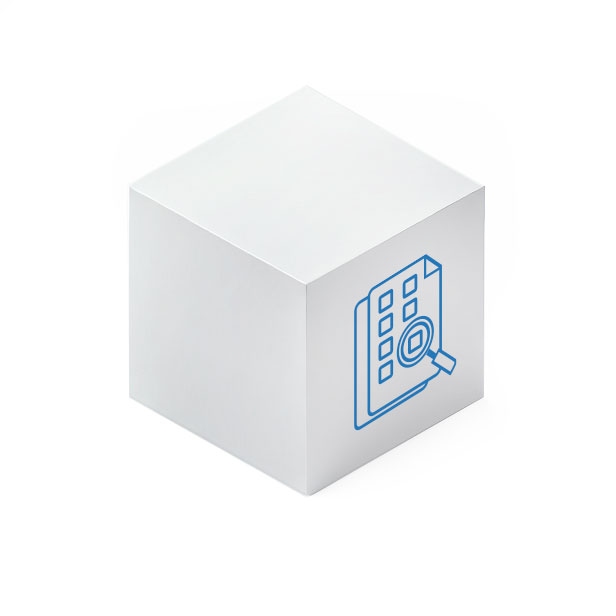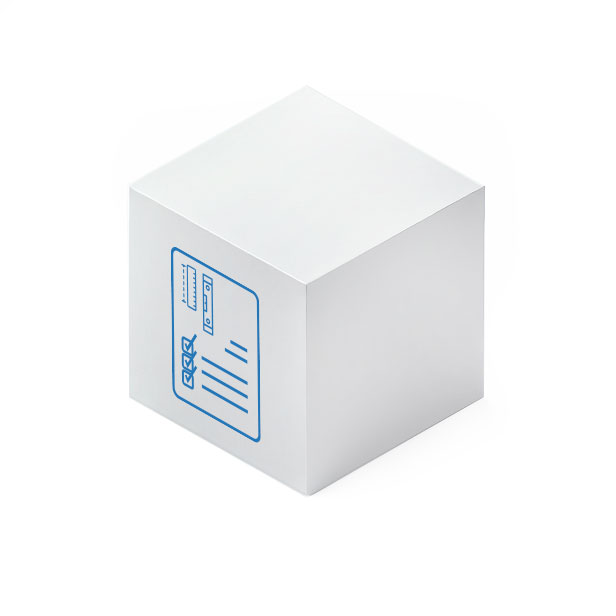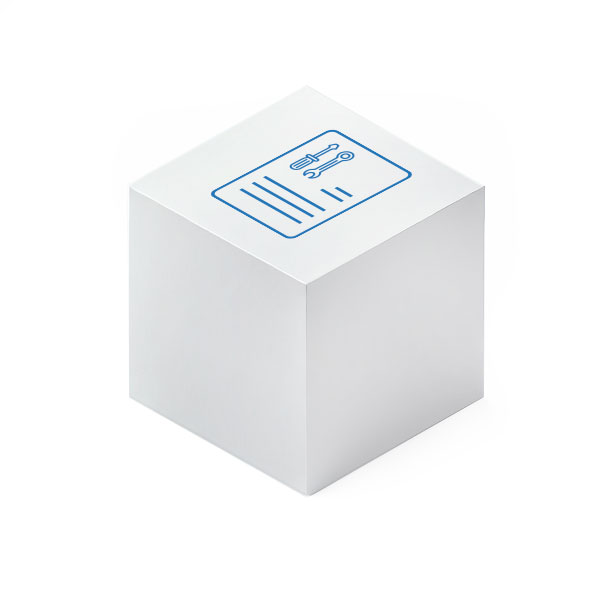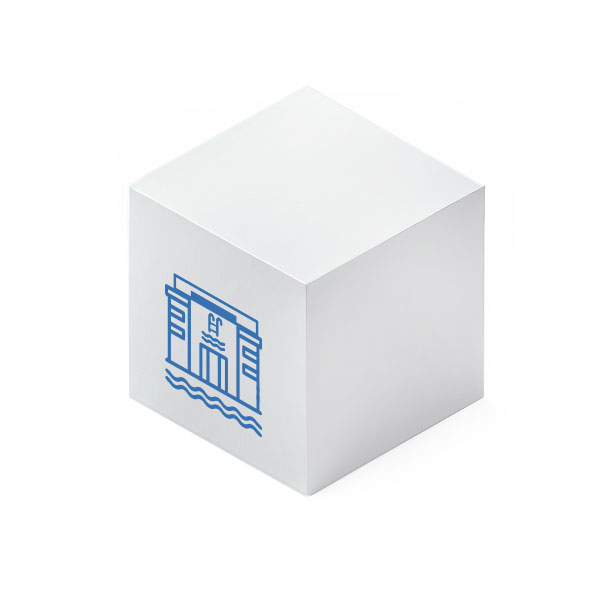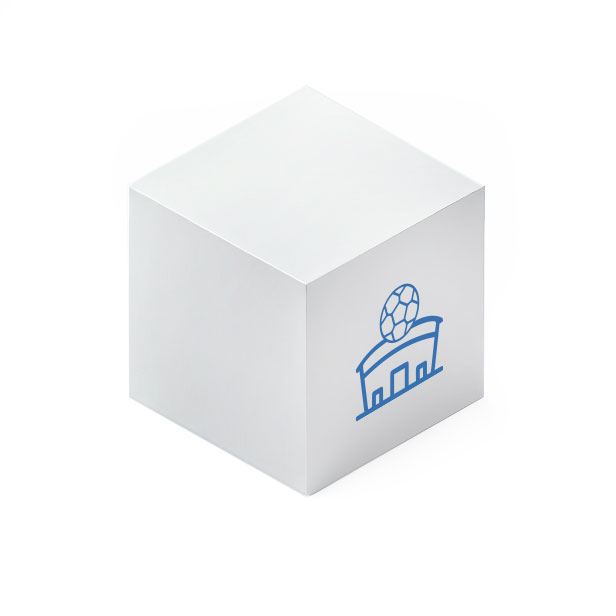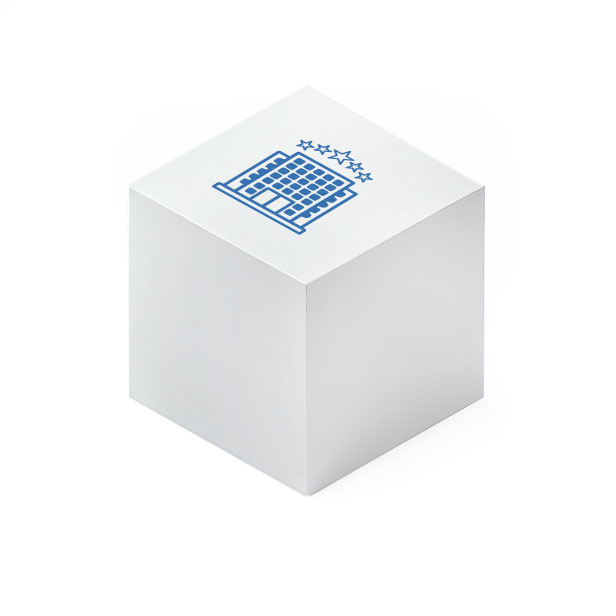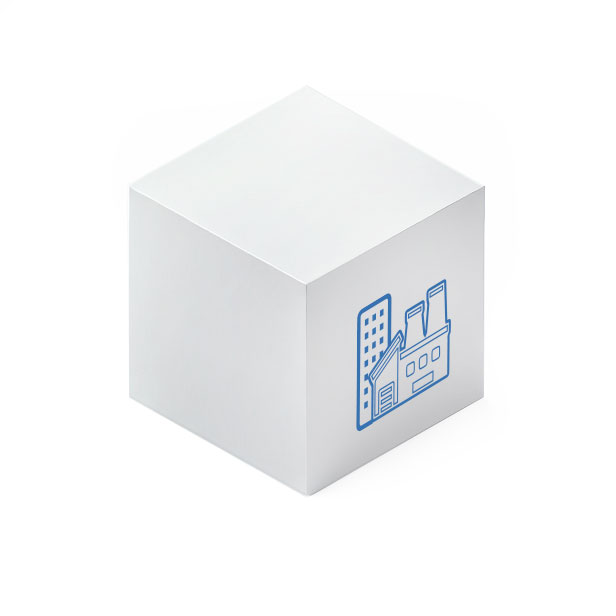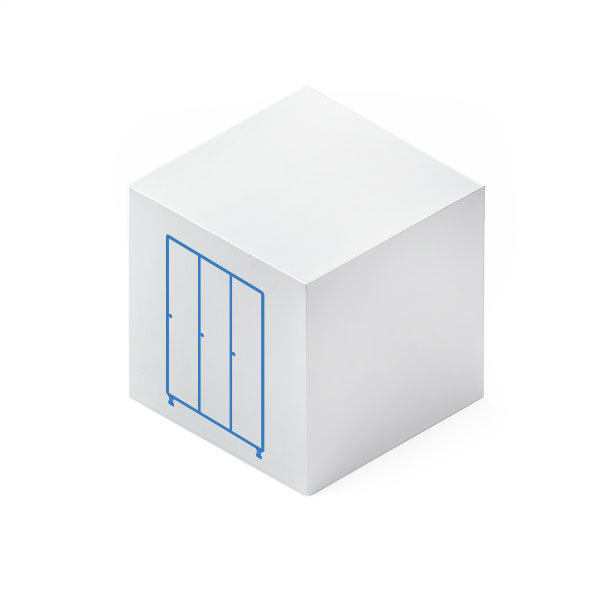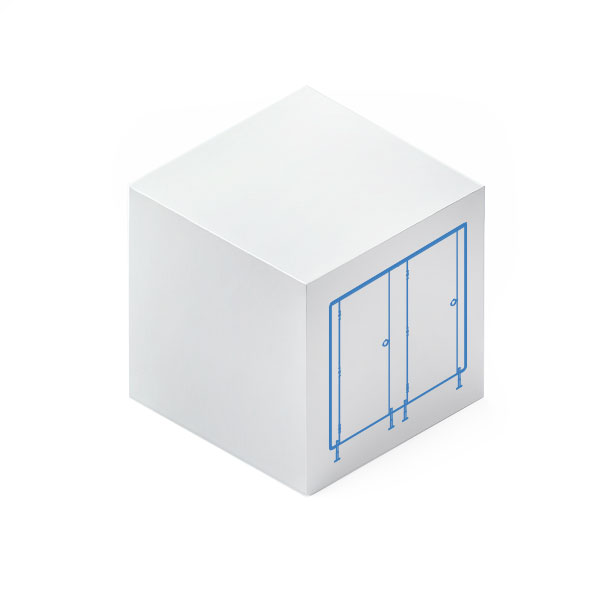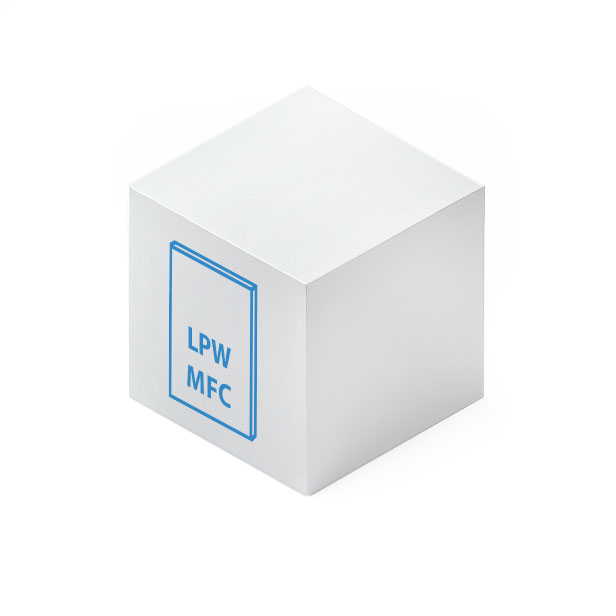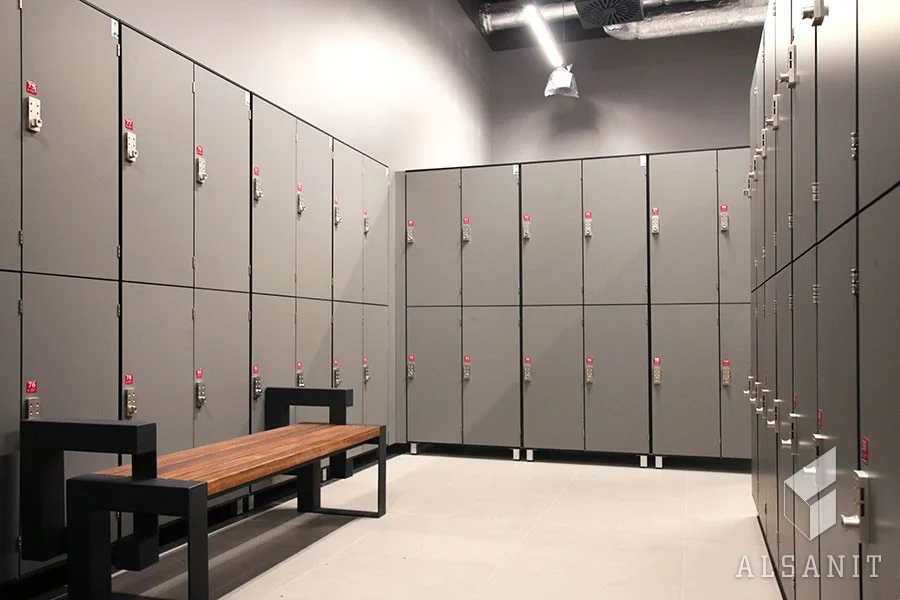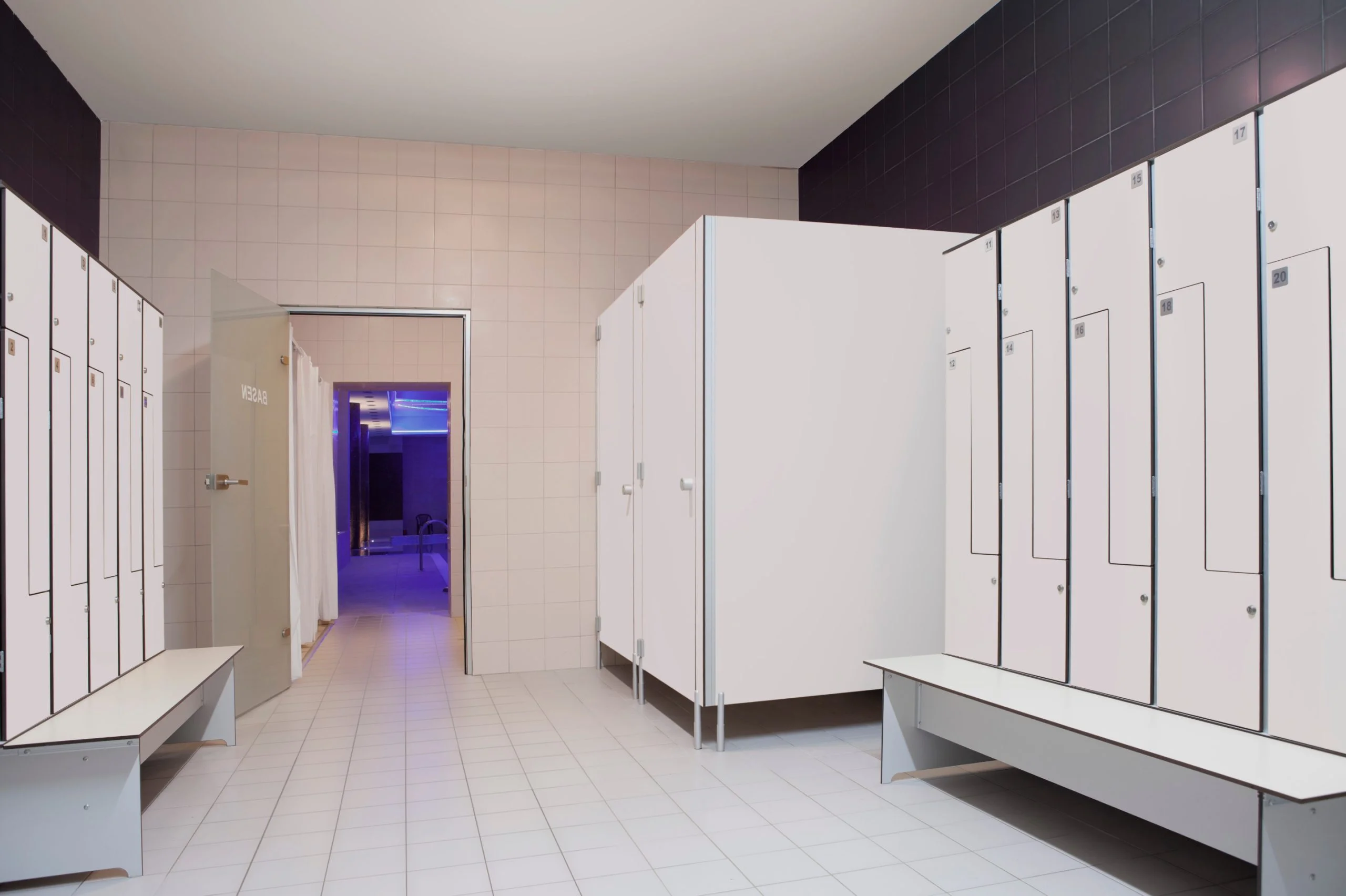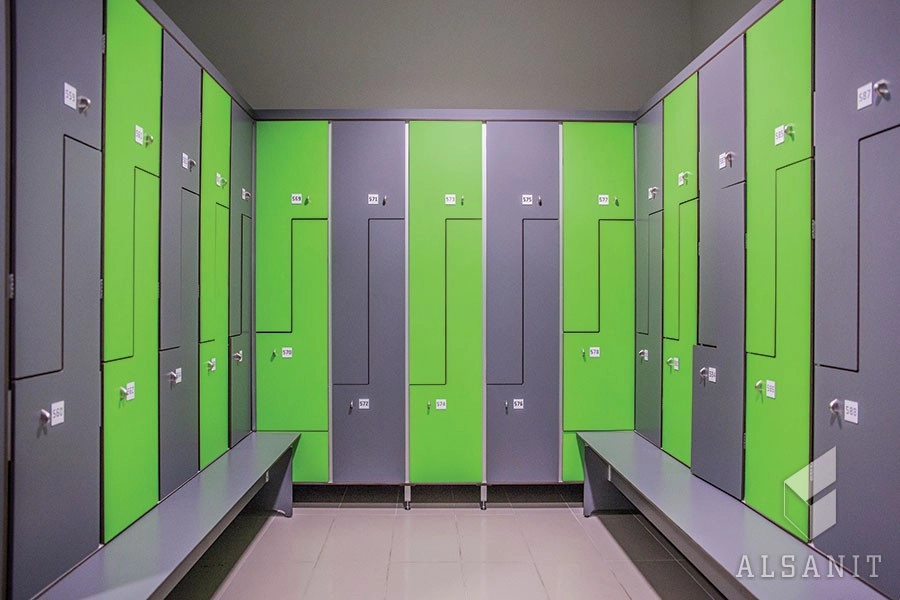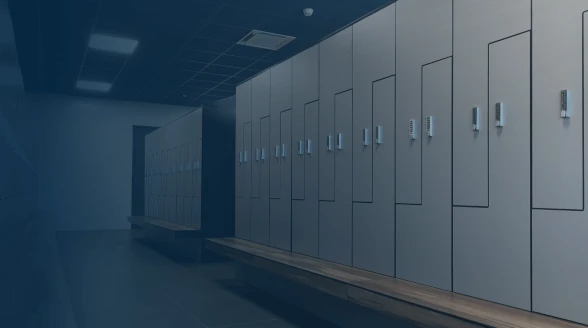Types of shower cubicles
Sports facilities, schools, swimming pools, hospitals and health centers, gyms, fitness clubs, as well as some workplaces and highway parking areas - each of these places must have system and shower stalls. This is important for hygienic and sanitary reasons, but the showers are also intended to serve the comfort of visitors. Some of these places absolutely must be equipped with such sanitary facilities. What are the types of shower stalls and what characterizes them?
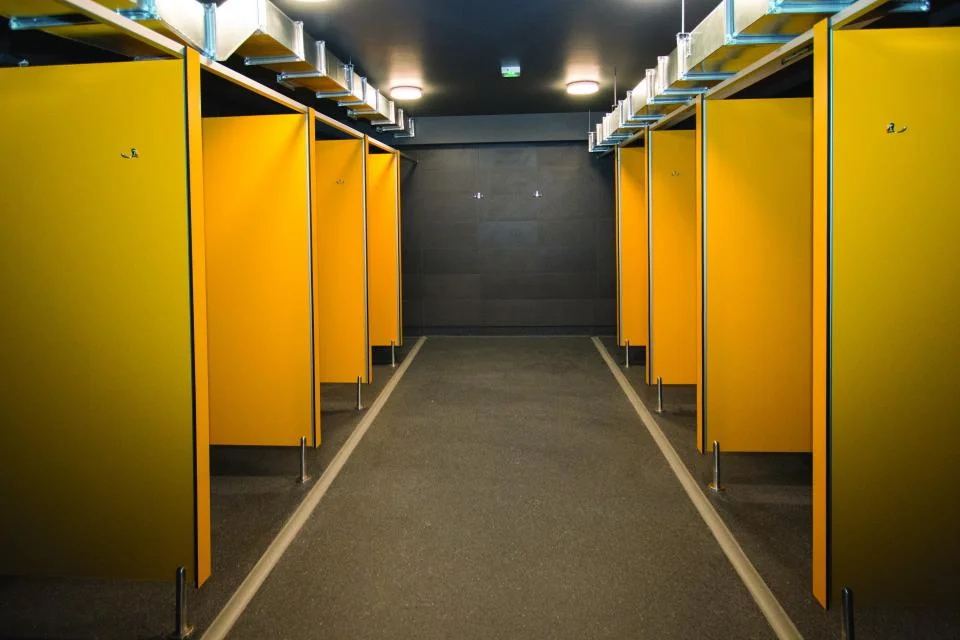
Shower cubicles and their types
It is worth considering which type of shower enclosure for sanitary facilities will be most suitable. This choice depends on the number of cubicles to be located in the designated place, as well as your budget and sanitary requirements.
- Wall-mounted – cubicles of this type are the most common choice – both in commercial facilities, schools and home bathrooms. They can be built on a square, rectangular or polygonal field – so the cabins can be placed parallel to the wall or at the corner.
- Free-standing – Cubicles of this type are equipped with four walls. The advantage of this type is that the cabin can be located anywhere (where there is a sewage drain). This solution is often used at campgrounds or at locker rooms of sports facilities or in showers at beaches.
- Pentagonal – usually used in health centers and hospitals, as they provide wider maneuvering space, which is especially important for the elderly, for example. Pentagonal shower enclosures are mounted on a corner.
- With/without a shower tray – most domestic shower stalls are equipped with a shower tray. In industrial facilities, however, this is not the best solution, as it can be easily damaged and dirt collects in it. A shower tray must also not be in shower stalls that are designed for wheelchair users, as a shower tray would prevent free entry for people with disabilities. In industrial or public facilities, it is better to use shower walls built into the ground instead of a shower tray and the slopes are achieved by properly shaping the floor.
What shower partitions are made of
High-quality components are required to make shower enclosures. They must be water-resistant, and should be durable. Not insignificant is the very way of fixing the cabins, so that you can lean against them freely.
At ALSANIT, shower cubicles are made of durable HPL(High Pressure Laminate), or high-pressure compact laminate. These panels are made from cellulose fibers soaked in resin, which is then compressed under high pressure. The top layer of the HPL board can have different decors – selected at the customer’s request. These boards are durable and, above all, fully waterproof. Thanks to this HPL developments will serve for years.
Types of cubicles by construction
The type of shower cubicles, due to their design, depends on their final destination. At Alsanit we distinguish three shower cabins that will guarantee the comfort of use and a guarantee of solidity.
- Lightweight walls “I” – this type of development uses a structure based on lightweight HPL walls with a thickness of 10 or 12 mm in various colors. Profiles made of aluminum are mounted to the HPL panels and to the wall, thus creating a simple but sturdy structure. The advantage of such cabins is also the price and quick turnaround time. Lightweight walls with HPL type “I” are produced to size. This type of enclosure is also hygienic and easy to clean, since the minimal number of components used prevents the accumulation of dirt and deposits. Such a sanitary solution is used primarily in swimming pools, gyms or workplaces
- “L” or “T” spray partitions – manufactured from moisture-resistant HPL board. “T” shaped HPL shower partitions are wider and have additional space for changing and hanging clothes. These partitions are mounted on legs and their dimensions and equipment are adapted to the destination. This type of cubicle is commonly used in leisure resorts and workplaces.
- HPL showers with doors – this type of cabin must be characterized by the high quality of the components selected, so that they do not corrode or wear out quickly. That’s why these shower enclosures are also manufactured with strong HPL panels and materials that won’t succumb to rust – especially on hinges and joints. HPL shower enclosure doors are designed in such a way that you can hang clothes or a towel on them – without worrying that these things will be soaked by the stream of water. This type of shower stall is most often used in hospitals, health centers, hotels, motels or campgrounds. The doors used in this model are ergonomic and self-closing after leaving the cabin. For reasons of safety and adequate ventilation, the cabin doors have been shortened and do not adhere tightly to the floor. They are separated from the ground by a suitable distance. This type of cabins are mounted on adjustable feet, and in addition, the size of the shower partition itself is adapted to the needs of the room (for example, a cabin for the disabled will be wider than one installed in school facilities).
Where must shower cubicless be located?
In some workplaces it is mandatory to install shower stalls. This is due to Occupational Health and Safety requirements. A shower must be found in establishments where the employee performs so-called dirty work or deals with harmful and corrosive substances. The hygiene and sanitation room should meet certain requirements, which are precisely defined in the decree of the Ministry of Labor and Social Policy on general regulations of occupational safety and health. In section 81 of the same law, we can read that:
- The unenclosed spray booth should be no smaller than 0.9 m2 x 0.9 m.
- The enclosed shower must have an area of not less than 1.5 m2 and a width of at least 0.9 m,
- The employee should have access to hot and cold water in it,
- Cubicles must have adequate ventilation,
- The shower room must be made of resistant materials that do not corrode,
- For every eight employees of the most numerous shift who perform work that causes dirt – there should be at least one spray booth. On the other hand, for those workers who are exposed to irritating, infectious, allergenic substances – there should be at least one spray booth for every five workers.
The types of shower cubicles should, first of all, be adapted to the destination, as well as, if there are such indications, to the applicable health and safety rules. Shower cubicles in public places and workplaces should be comfortable and functional for daily use – such are the cubielces produced by ALSANIT.


